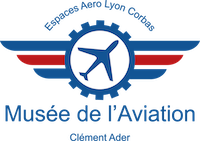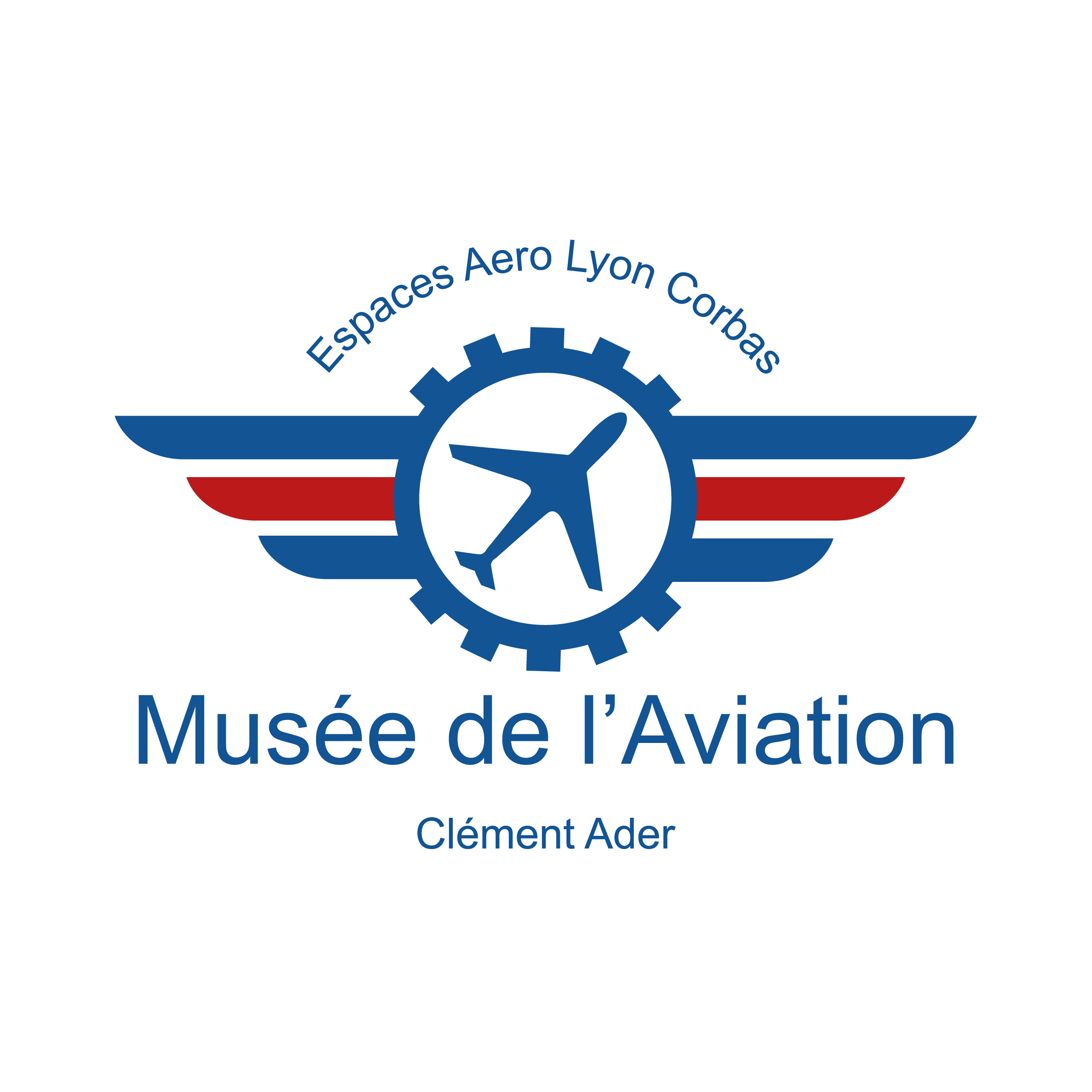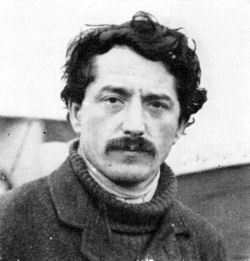Born in Lyon (France) on July 1st, 1880, Maurice Colliex a talented aeronautical engineer has learned a lot from Mouillard, Chanute, Renard and Ferber. He has worked by Voisin brothers, his close friends at the beginning of aviation. Maurice Colliex both engineer and pilot has invented the profession of test pilot by Charles andGabriel Voisin before becoming an aircaft manufacturer for his own.
His youth…
Maurice Colliex is the eldest of a family of 3 boys. Of solid constitution, he began very early to practice various sports such as rugby, swimming, diving and especially mountaineering, an activity that he would use to observe the flight of birds in the French Alps.
The circumstances of life allowed him to meet, on the benches of high school, a man who would become a key figure in the aeronautical adventure: Gabriel Voisin. At the age of 16, Maurice Colliex began “gliding” in the mountains of Bugey aboard craft built with his own hands, with bed sheets and fishing rods.
In 1901, he passed his degree in science and continued to study and scientifically analyze the work of Louis Mouillard, Otto Lilienthal, Samuel Pierpont Langley, Charles Renard, Octave Chanute and Captain Ferber. In 1903, the chances of life, which had separated the two friends Voisin and Colliex, brought them together again to experiment, with varying fortunes, with cellular gliders on the slopes of the Rhône at Vassieux.


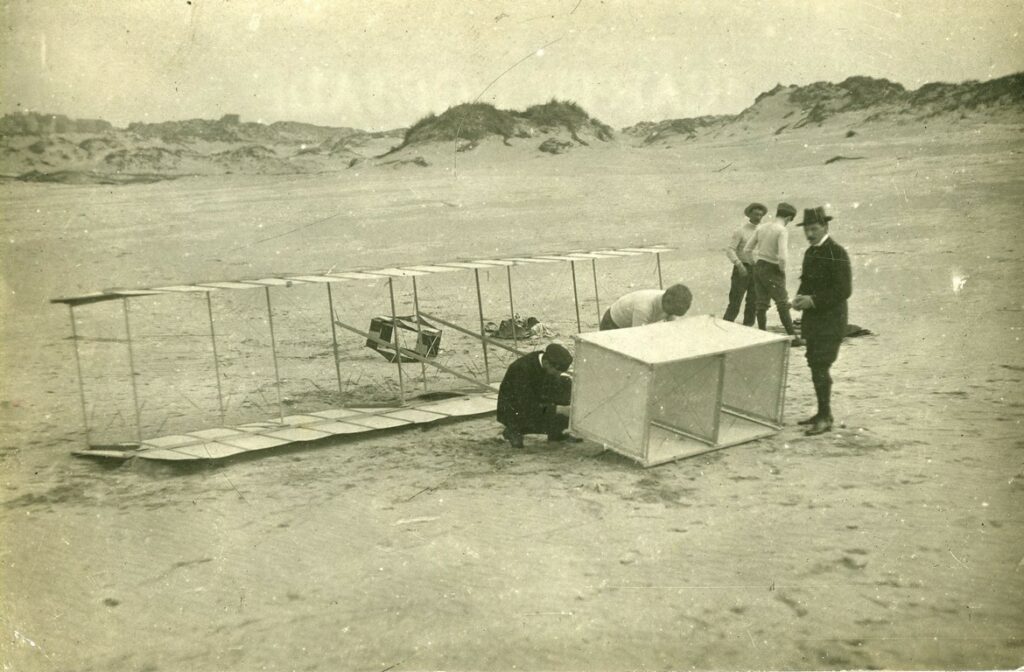
Voisin’s collaborator
Barely settled in Paris, Gabriel Voisin sent for his faithful teammate, Colliex, who, having already had some experience in aeronautical construction, combined with a solid scientific background, got along wonderfully in sifting through the practical possibilities, the ideas that boiling in his friend’s brain. After long months of obscure and stubborn work, Maurice Colliex and Gabriel Voisin finally saw their efforts rewarded in 1907: the Voisin airplane flew and in January 1908, Farman completed the first kilometer on board. Maurice piloted and experimented with more than twenty different types of flying machines and took part in numerous meetings, including that of Reims-Bétheny in August 1909. With Gabriel Voisin, he developed metal construction applied to aviation, a solution that made the success of the Voisin airplanes and enabled the firm to produce around 50 biplanes in 1909 alone, half of which were exported, notably for the benefit of the Imperial Russian Army and the Royal Italian Navy. It is Maurice Colliex who ensures all the reception flights of the airplanes produced by the firm Voisin. The clientele is such that soon, it is necessary to create a flight school. This one will be established in Mourmelon, and it is Maurice Colliex who takes the direction, because, of course, in the daily work of the past months, he learned to pilot.
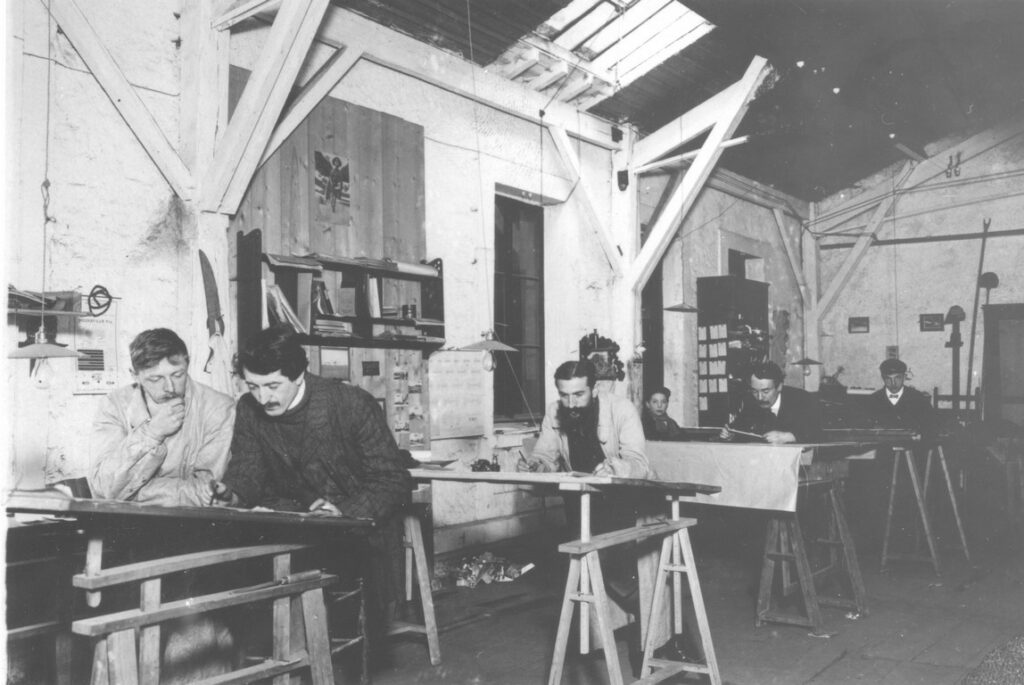
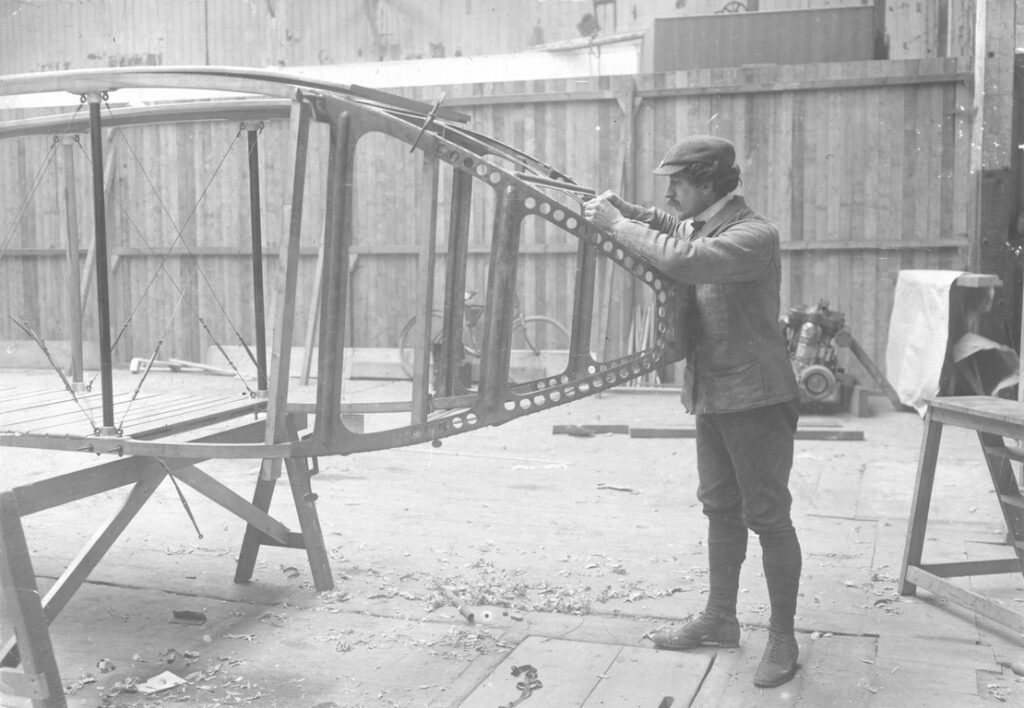
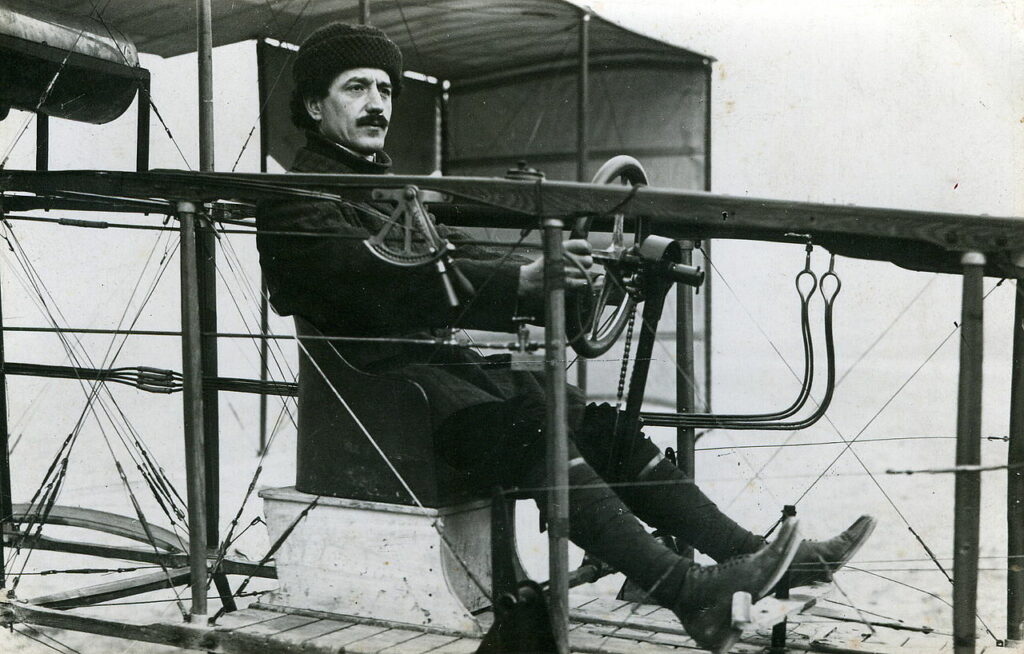
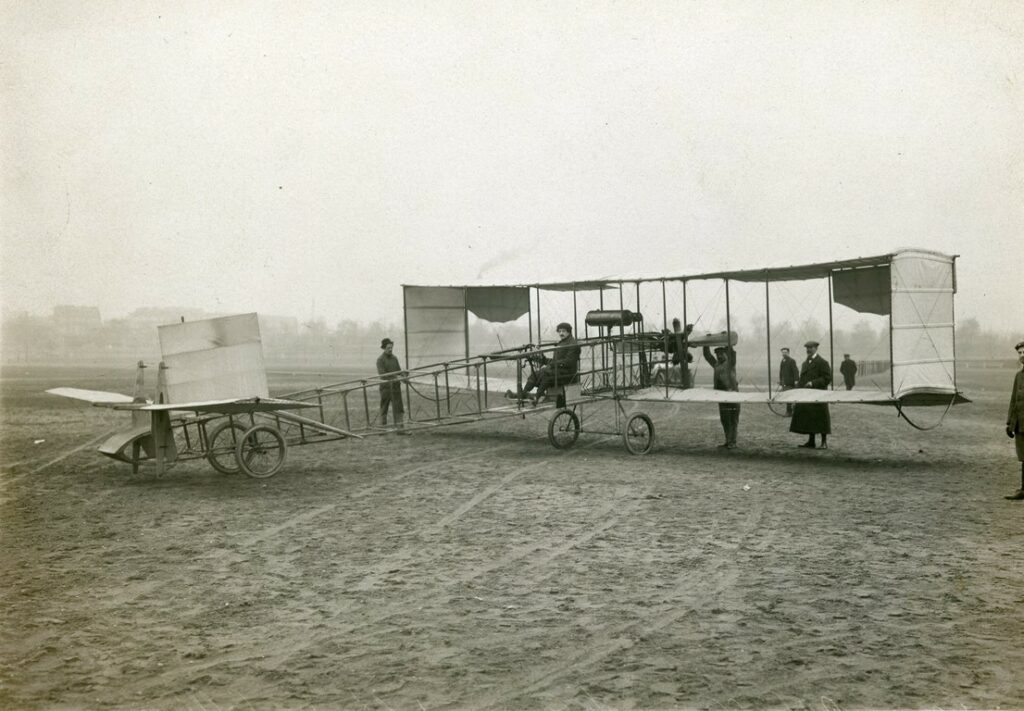
However, Maurice Colliex did not bother to pass his patent until later in June 1910, N° 85. The growing reputation of Maurice Colliex aroused the interest of Louis Blériot who asked him to adjust his engine before leaving for the crossing of the English Channel which he succeeded on July 25, 1909.



In October 1910, Voisin was the first manufacturer to successfully fly a hydro aeroplane, a “duck” biplane with Henri Fabre type floats, still piloted by Maurice Colliex, over the Seine. First tested in terrestrial configuration, this device reveals astonishing qualities; in one day, Colliex gives on board 77 baptisms in Issy. On August 3, 1911, in the presence of the commissioners of the Aéro‐Club de France and Ernest Archdeacon, Maurice Colliex took off from the Issy‐les‐Moulineaux runway before landing at the Pont de Saint‐Cloud, on the Seine. . Then it takes off again, from the first attempt and returns to Issy-les-Moulineaux, a feat recorded by the Aéro-Club de France as the first flight in the world of an “amphibious hydro-aeroplane”.
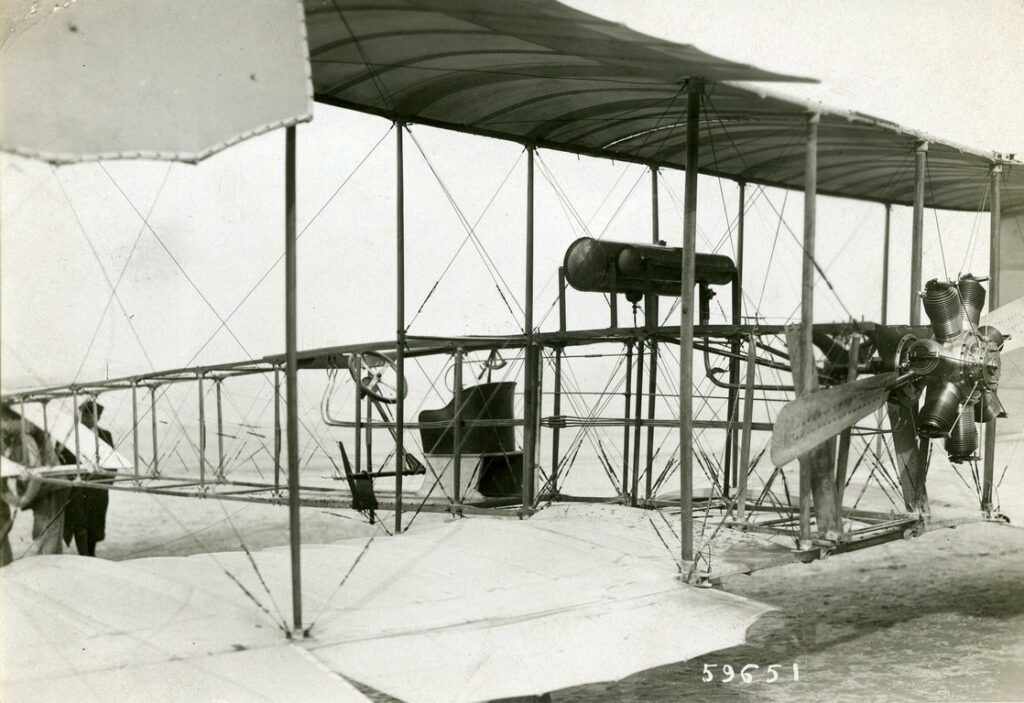
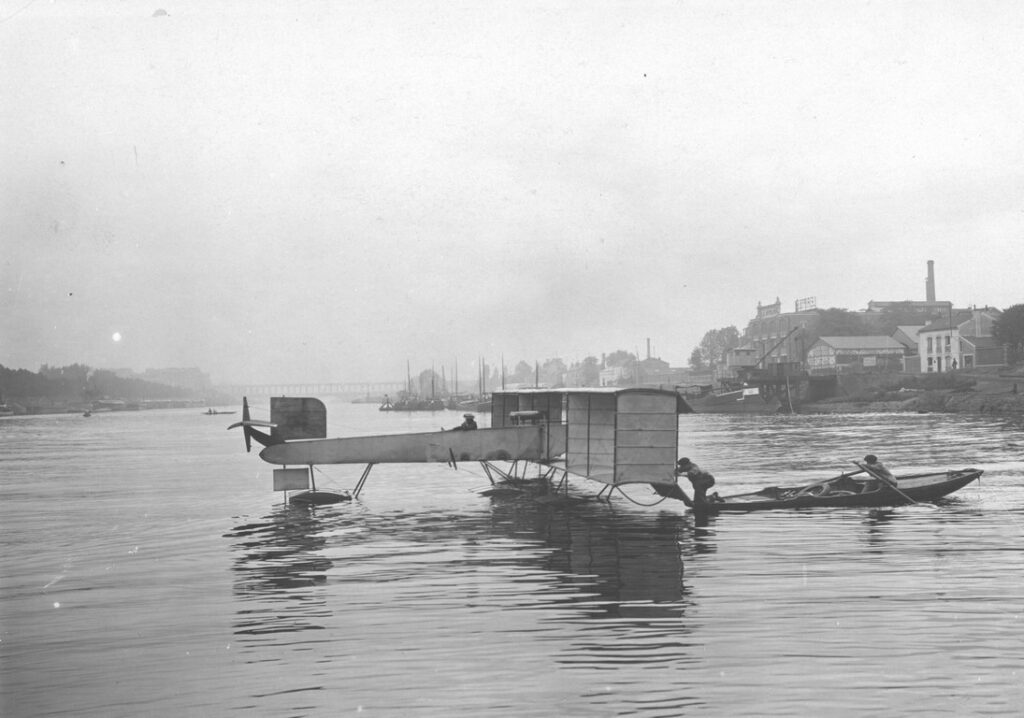
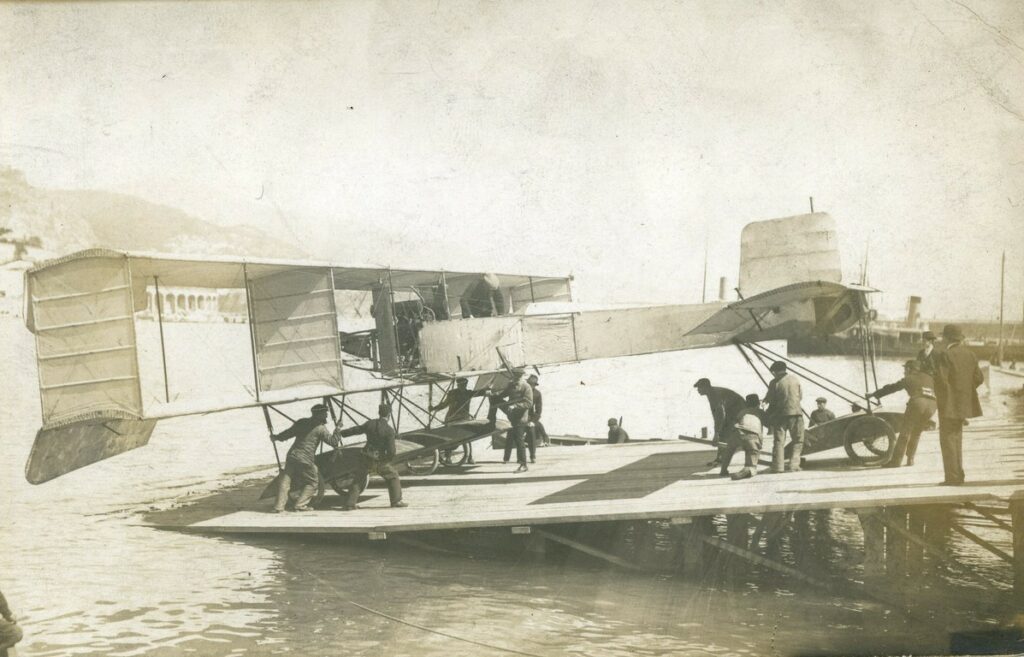

The following year, the Canard Voisin was accepted by the French Navy and Maurice Colliex received it in Saint-Raphaël aboard the cruiser “Foudre”, thus providing the naval forces with their first aircraft.


Aircraft manufacturer
In 1912, Colliex left Voisin to become a builder in his turn. In the company of the engineer Maurice Jeanson, they will build the first giant seaplane of the time: the Jeanson-Colliex, twin-engine 200 hp with a total mass of 4,700 kg, which can carry a payload of 1,800 kg. The latter made its first flight, piloted by Colliex, on May 21, 1913 on the Seine, at Triel Meulan. In 1914, the study of the Jeanson-Colliex n°2 with a 600 hp engine began, but the declaration of war put an end to the project.

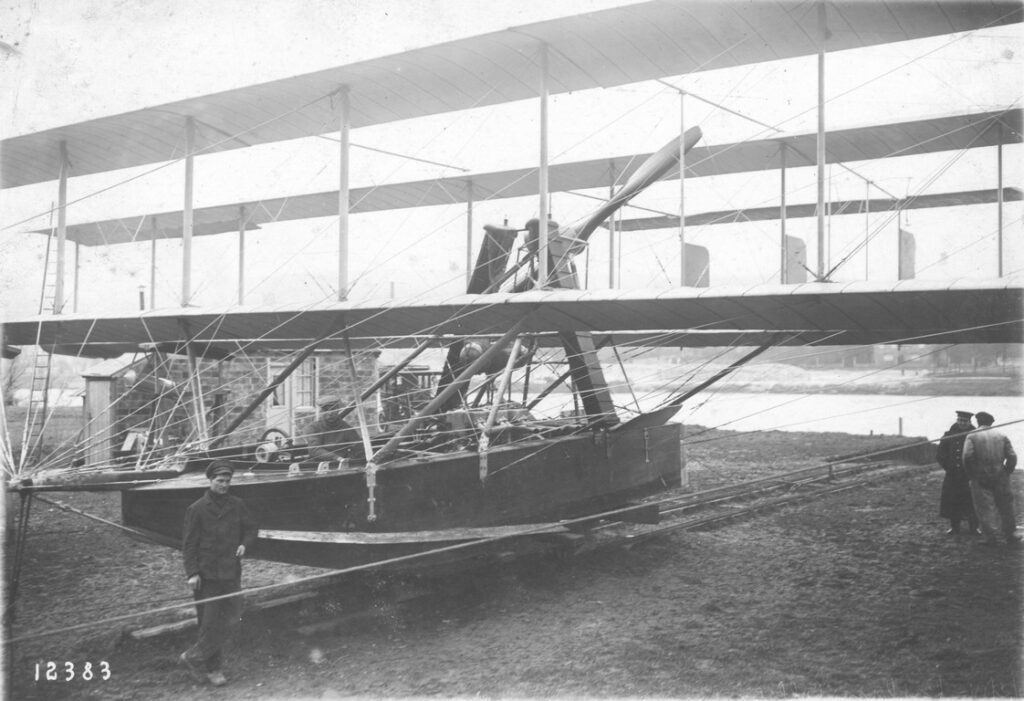

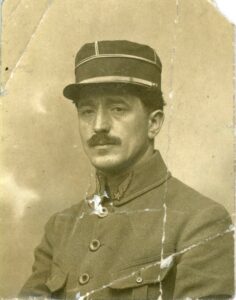
Maurice Colliex was then mobilized as chief pilot, in Pau, Avord and Ambérieu within the V-14 squadron. In 1920, he became a member of the association Les Vieilles Tiges. It was at this time that Maurice Colliex joined the Parker company, founded by Pierre Prier, a firm specializing in metal treatment, as an engineer. He was to work there until his retirement.
Officer of the Legion of Honor, Military Medalist, Aeronautics Medalist, holder of the Interallied Medal and captain with 3400 flying hours, Maurice Colliex died in Paris on December 16, 1954.
